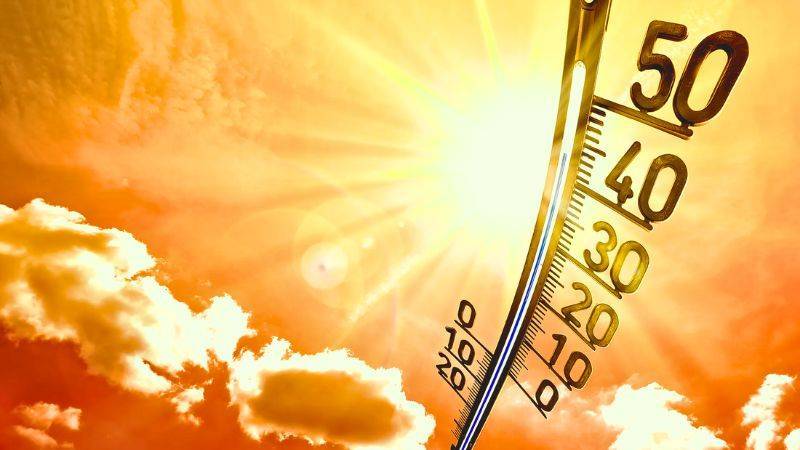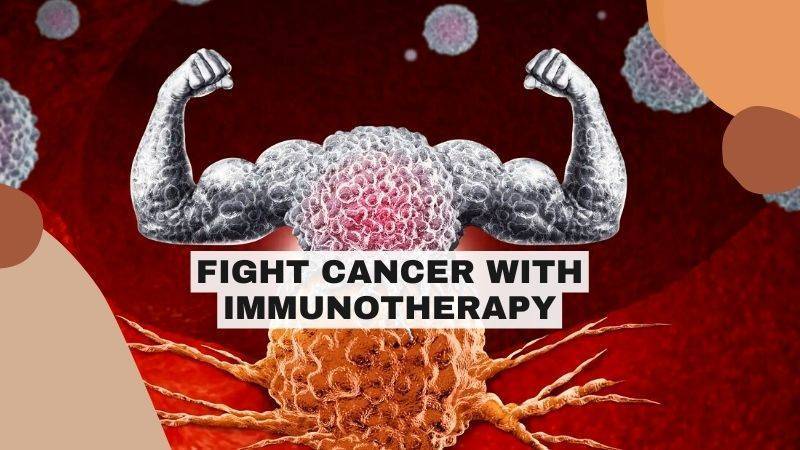Highlights
As the northern hemisphere gears up for the summer season, India – a country known for its rich diversity, bustling cities, and historical monuments – also braces for a less pleasant annual visitor: the heatwave.
In recent years, with the intensifying global climate crisis, India’s relationship with heatwaves has become increasingly fraught. These searing weather patterns are not just uncomfortable – they pose a serious threat to health, disproportionately affecting the country’s most vulnerable communities.
Heatwaves can be lethal. They are responsible for more fatalities in India than any other natural disaster. But what makes them so dangerous?
What are the Hidden Threats of Heatwaves in India?

A heatwave isn’t just an inconvenience – it’s a silent killer. The human body is designed to function optimally at 37°C. During a heatwave, when ambient temperatures soar beyond 40°C, our body’s natural cooling system struggles to keep up. This struggle can lead to a range of heat-related illnesses.
At the mild end, there’s dehydration, often a result of insufficient fluid intake to match the excessive sweating that comes with high temperatures. If not addressed, dehydration can lead to heat exhaustion, characterised by fatigue, dizziness, nausea, and a rapid, weak pulse.
At the severe end, there’s heat stroke – a medical emergency where the body’s temperature regulation fails, leading to a dangerous surge in body temperature. It can cause confusion, seizures, and in extreme cases, can be fatal.
Other heat-related issues include heat cramps, a result of salt imbalance from excessive sweating, heat rash, and heat edema, manifesting as swelling in the hands, feet, and ankles. Chronic illnesses such as heart disease, kidney disorders, and respiratory problems can also be exacerbated by intense heat.
How Can You Recognize the Warning Signs of Extreme Heatwaves?

As heatwaves bear down on India, it is critical that we become adept at recognizing the warning signs of heat-related illnesses. Early detection can facilitate prompt action, thereby minimising potential harm.
The first sign to watch for is excessive sweating, which is the body’s primary mechanism to cool itself down in high temperatures. However, paradoxically, another critical sign could be the lack of sweating, especially in hot conditions, which could indicate heat exhaustion or heat stroke.
Muscle cramps, often painful and sudden, are another sign to look out for. These are usually a result of heavy sweating that depletes the body’s salt levels. If you are sweating profusely and start experiencing muscle pain or spasms, it’s time to take immediate action to cool down and hydrate.
Fatigue is a common symptom of heat exhaustion. You might feel weak, tired, or out of energy, especially after being in the heat for a prolonged period. This might also be accompanied by dizziness or fainting. If you feel lightheaded or faint, it’s crucial to move to a cooler environment and rehydrate as soon as possible.
Headaches can also be a symptom of a heat-related illness, as dehydration can cause tension in your muscles leading to a headache. Moreover, in severe cases like heat stroke, the body’s struggle to maintain its core temperature can also trigger a throbbing headache.
One of the more alarming symptoms of heat-related illness is a rapid heartbeat or pulse. This occurs when the heart tries to cool the body down by pumping blood faster. However, in cases of severe dehydration or heat stroke, the heartbeat might become weak or shallow due to insufficient fluid volume.
Another concerning symptom is rapid, shallow breathing. This could be the body’s attempt to lose heat, but it can also indicate severe heat exhaustion or heat stroke.
Lastly, and perhaps most seriously, heatwaves can induce changes in mental states.
Confusion, disorientation, or agitation might set in as the body’s temperature rises dangerously high. These symptoms often indicate a heat stroke, a severe medical emergency requiring immediate intervention.
Understanding these signs is the first step in staying safe during a heatwave. If you, or anyone around you, start showing these symptoms, it’s critical to respond immediately – seek shade, hydrate, cool down, and seek medical help if conditions do not improve or worsen.
What are the Specific Challenges Faced by Vulnerable Populations in India?

While everyone is susceptible to the effects of a heatwave, certain groups in India are particularly at risk. These include:
- The elderly, infants and children
- Pregnant women
- Outdoor workers
- Individuals with pre-existing health conditions
What are the Essential Precautions and Dietary Advice to Follow During Heatwaves?
But all is not doom and gloom. There are several precautions the public can take to mitigate the risks.
- Staying hydrated is the foremost defence against heat. Regularly drink fluids, but avoid alcohol, caffeine, and overly sweet drinks as they can lead to dehydration.
- Seek shade or air-conditioned spaces during the peak heat hours, usually between 12 p.m. to 4 p.m.
- Wearing loose, light-coloured clothing can reflect heat, and a broad-brimmed hat can provide shade and reduce the risk of heat-related illness.
- In the Indian context, diet plays a significant role in staying cool.
- Traditional summer foods like yoghurt, coconut water, cucumbers, watermelons, and mangoes can help keep the body cool and hydrated.
- Also, include more salads and light protein sources, such as lentils and pulses, in meals.
- The Indian tradition of emphasizing fresh, seasonal, and locally sourced food, can also come to our rescue.
- Foods that are high in water content, easy to digest, and filled with essential nutrients align with this principle and help maintain internal body temperature.
A heatwave is a dangerous phenomenon, no doubt, but with awareness, preparedness, and community cooperation, we can reduce its risks and ensure everyone’s safety.
In a Nutshell
Coping with heatwaves in India requires a combination of awareness, preparedness, and collective action.
By understanding the unique challenges posed by these extreme weather events, we can take steps to protect ourselves and our communities.
By coming together and fostering a culture of resilience, we can not only survive India’s heatwaves but also build a more sustainable and climate-ready future.
Our actions today will determine the heatwaves we face tomorrow.
So, let’s stand united, armed with knowledge and determination, to create a cooler and safer India for generations to come.
Also Read






